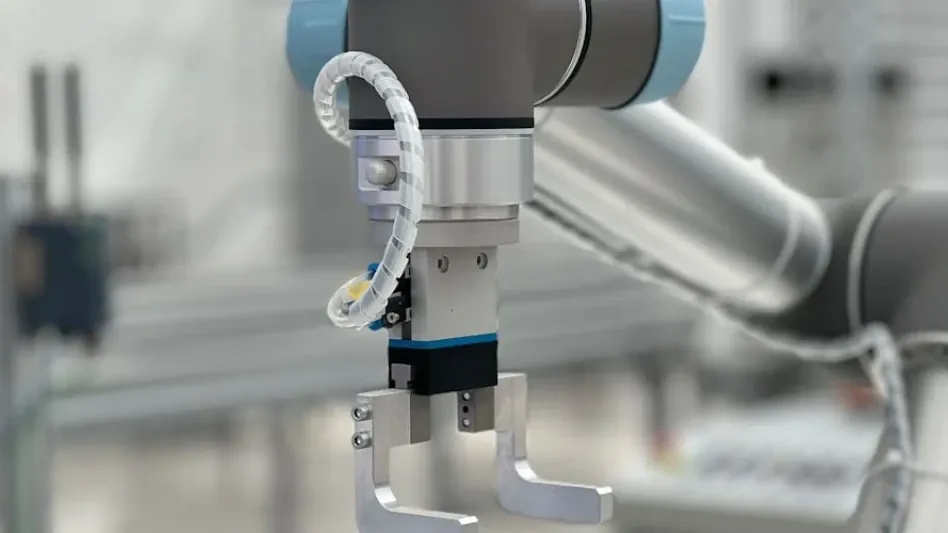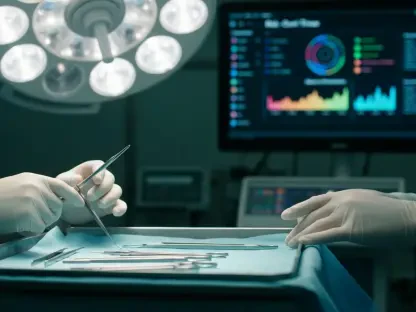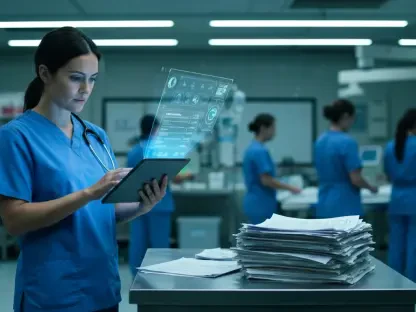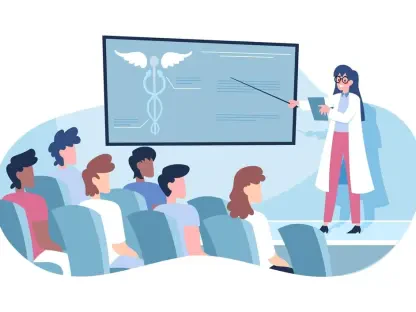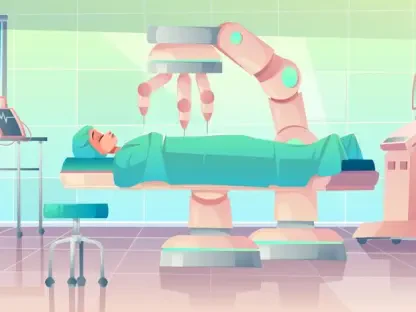Surgeries have always presented significant challenges, from the precision required to minimize invasiveness to the long recovery times that patients face. However, recent advancements in surgical robotics are set to revolutionize this field, brought about by the increasing prevalence of chronic diseases. As chronic health issues such as diabetes, hypertension, and cardiovascular diseases become more widespread, there is a heightened demand for surgical procedures. This demand has spurred innovative developments in medical technologies, aimed at improving patient outcomes and enhancing operational efficiencies in the healthcare system.
With predictions for the surgical robotics market foreseeing a rise to $28.54 billion by 2031, thanks to a compound annual growth rate (CAGR) of 13.7%, the future of this technology looks exceptionally promising. The Insight Partners, in a recent market study, has underscored the significant investments earmarked for this industry. Companies such as Intuitive Surgical and PROCEPT BioRobotics are recognized leaders in this burgeoning field, drawing substantial interest from investors like Morgan Stanley. These investments are driving the development of cutting-edge solutions, pushing the boundaries of what is possible in the realm of surgical procedures.
Precision and Control in Modern Surgical Robotics
One of the most notable advancements in surgical robotics is the enhancement in precision and control. Systems like the da Vinci robotic surgical system by Intuitive Surgical have been at the forefront, offering surgeons unprecedented accuracy in their operations. The latest model, the da Vinci 5, showcases improvements in both precision and imaging capabilities. This FDA-approved system has shown significant benefits for patients, including reduced blood loss, minimized rates of post-surgical infections, and shorter hospital stays—leading to faster recovery times. Moreover, the minimally invasive nature of these procedures means that patients can experience less pain and scarring compared to traditional surgery, enhancing their overall recovery experience.
Similarly, PROCEPT BioRobotics is making waves with its HYDROS system, specifically aimed at men’s health. This innovative technology utilizes artificial intelligence (AI) to target urological conditions with unparalleled precision. AI integration not only enhances the accuracy of the procedures but also personalizes treatments to the individual needs of each patient. This level of precision effectively reduces the adverse side effects typically associated with conventional treatments. The impact of these technologies is profound, allowing for more efficient, effective, and patient-friendly surgical interventions. These advancements underline the transformative potential of surgical robotics, paving the way for a future where precision and control are paramount in ensuring optimal patient outcomes.
AI Integration and Improved Imaging Capabilities
The integration of AI in surgical robotics represents another significant leap forward in medical technology. AI-driven systems such as PROCEPT BioRobotics’ HYDROS are designed to offer tailored treatments that align closely with the physiological and clinical characteristics of each patient. This customization is possible due to sophisticated algorithms capable of processing and analyzing vast amounts of medical data to deliver precise, individualized treatment plans. By doing so, these systems are not just enhancing the precision of surgical interventions but are also significantly improving the postoperative recovery process by minimizing common side effects and complications.
Another critical aspect of modern surgical robotics is the inclusion of advanced imaging technologies. These technologies provide surgeons with real-time visual enhancements during operations, which are crucial for making informed decisions. Improved imaging capabilities, as seen in the da Vinci 5 system, allow for better visualization of the surgical site, leading to increased accuracy and fewer intraoperative errors. This real-time feedback enables surgeons to navigate complex anatomical structures with greater ease and confidence. As a result, patients benefit from more effective surgeries with lower risks of complications, thus reinforcing the crucial role of imaging in surgical outcomes.
The Growing Market and Investor Confidence
The market for surgical robotics is exhibiting remarkable growth, supported by robust investor confidence. Stocks for major players like Intuitive Surgical have surged nearly 60% this year, while PROCEPT BioRobotics has seen an impressive increase of almost 100%. This surge in stock prices reflects the strong faith the investment community has in the potential and profitability of these technologies. The increasing demand for advanced surgical procedures is driving this growth, with the expectation that surgical robotics will play an increasingly significant role in the future of healthcare. However, this growth is not without its challenges. The high costs associated with acquiring and maintaining these sophisticated systems remain a significant barrier for many healthcare providers. Additionally, the extensive training required for surgeons to proficiently operate these robotic systems poses another substantial challenge. Despite these obstacles, the long-term benefits and efficiencies offered by robotic surgeries continue to underscore their value, validating the confidence investors have placed in this sector.
As we look to the future, advancements in AI integration and the enhancement of robotic features will likely continue to push the boundaries of what is possible in surgical treatments. Furthermore, expanding the application of surgical robots into other medical fields beyond urology and general surgery represents an exciting frontier for exploration. As these technologies become more accessible and widespread, it is anticipated that the surgical robotics market will not only thrive but will also significantly improve the quality and efficacy of patient care.
Significance and Challenges in the Evolution of Surgical Robotics
Surgeries have historically posed significant challenges, from the need for precision to minimize invasiveness to prolonged patient recovery times. However, recent breakthroughs in surgical robotics are set to revolutionize the field, driven by the rise of chronic diseases. With conditions like diabetes, hypertension, and cardiovascular diseases becoming increasingly common, the demand for surgical procedures has also grown. This surge has fueled innovations in medical technology aimed at improving patient outcomes and efficiency in the healthcare system.
Forecasts for the surgical robotics market predict it will soar to $28.54 billion by 2031, bolstered by a compound annual growth rate (CAGR) of 13.7%. The Insight Partners recently highlighted significant investments earmarked for this industry, with leading companies such as Intuitive Surgical and PROCEPT BioRobotics at the forefront. These firms are drawing substantial interest from major investors, including Morgan Stanley. Such investments are driving the development of cutting-edge solutions and expanding the possibilities within surgical procedures, offering a promising future for medical technology.
